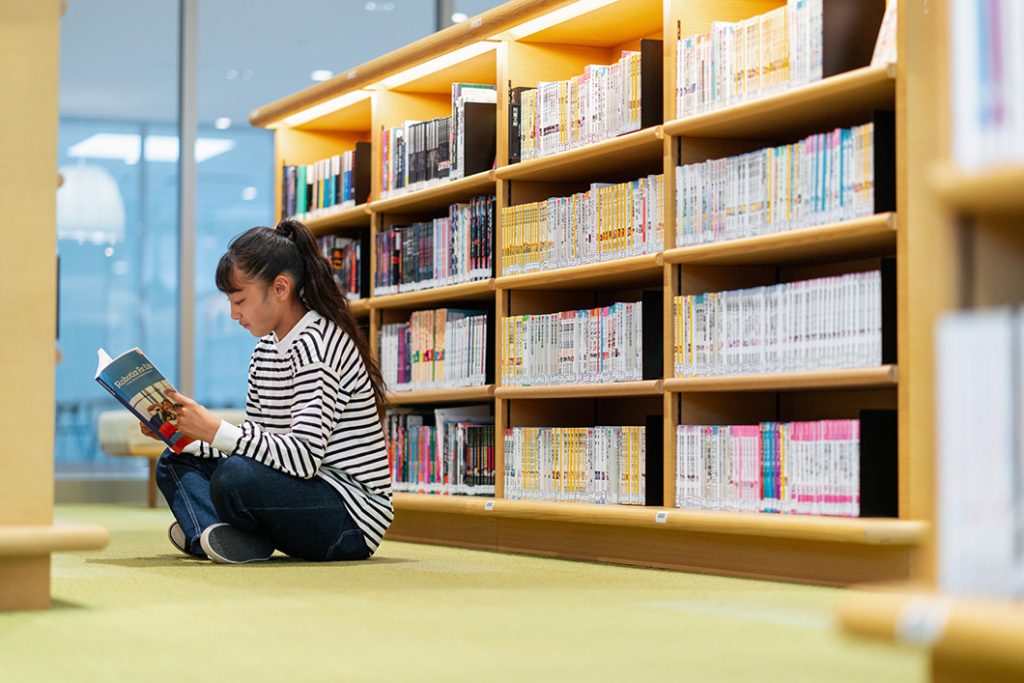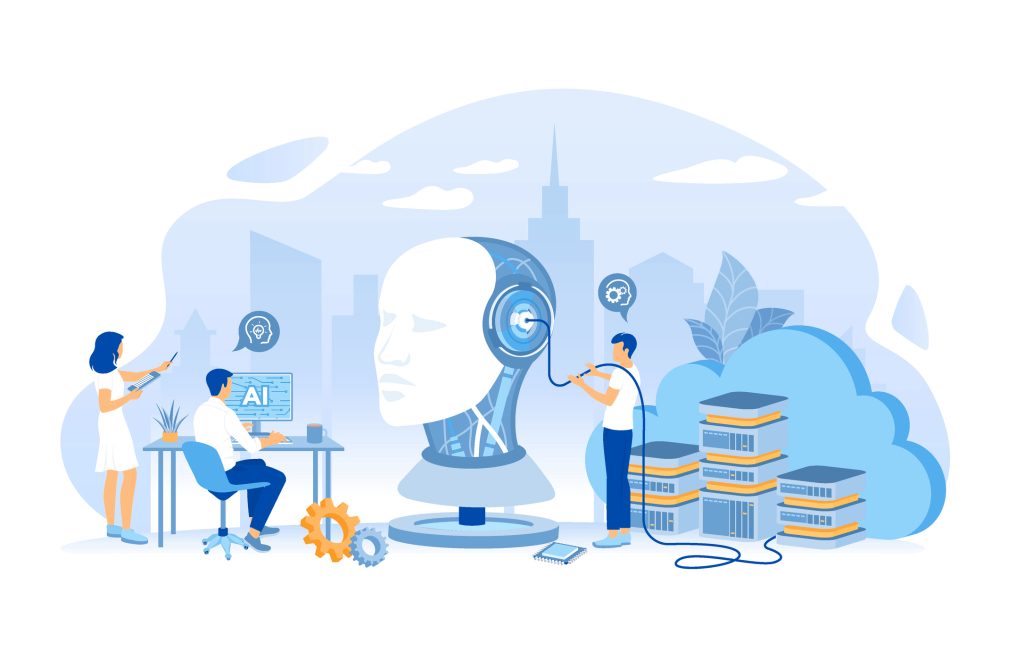Dust. It’s the only difference between then and now.
Then, when I first became a department chair, as one of my first major tasks, I created an inventory of all the books and curriculum materials in the English Department. I cleaned out the overflowing storage closet and had all the teachers, grades 7–12, clear out their bookshelves and storage areas. Anything they did not want was to be delivered to the shelving located just outside my office, so I could donate them.
I wasn’t surprised that many of the books showed signs of use with missing pages, torn covers, and broken spines, nor was I surprised by the materials that were never used, still wrapped in plastic where the collected dust had become more of a grime.
Too often teaching programs are not vetted by the people who will actually use the materials. Educators know what will resonate with their students. They know that authentic, relevant content engages students. The piles of dust-covered materials still wrapped in plastic had one thing in common, the content was synthetic.
Synthetic content is when there’s a single creator who writes multiple texts on multiple subjects to meet a given standard. The writing becomes formulaic, predictable, and honestly, boring. The writing is product-driven and not story-driven.
Additionally, to reduce costs, much of our traditional canon is in the public domain, and it often does not represent the experiences of the diverse population in our classrooms. At the same time, there is a reason why these pieces of literature have withstood the test of time. For example, students groan at the thought of reading Shakespeare. The language alone puts a barrier between the text and the audience, not to mention the most likely differences in culture, socioeconomic background, religion, and physical features. So, teachers seek relevant texts to supplement those titles in the public domain to more effectively connect their students to their themes.
Authentic content includes texts from leading publications and primary sources that include diverse perspectives and contemporary voices, addressing a variety of interests and learning styles. When authors write, it is to send a clear message, whether the text is informational or literary. There is a passion behind their purpose. Students need to learn how to comprehend and infer meaning from these messages because once students enter ‘the real world,’ they will be required to read authentic texts in their jobs. More importantly, they will read about other people’s perspectives and comprehension builds compassion, while inference builds empathy.
The teacher’s awesome task is to connect students to these authentic texts. To do so, more and more educators spend hours searching the internet for supplemental materials. But what they need are expertly curated materials that reflect the passions of the students in front of them and link to the passions of the authored work being taught. Relevant content increases student engagement.
Now, storage closets and bookshelves in classrooms are rather sparse as schools entered into the digital age, buying EdTech products in place of books. Still, too often teaching programs are not vetted by the people who will actually use the materials, and the resources that contain synthetic content are passed over in favor of content-rich programs. The difference — online materials don’t collect any dust.
To help EdTech companies and schools incorporate authentic content into their K-12 products and curriculum, CCC offers the Annual Copyright License for Curriculum & Instruction (ACLCI). The license streamlines the permissions process by providing the rights to reuse excerpts or articles from more than one million published works, providing the depth and breadth needed to help educators reach all learners.





